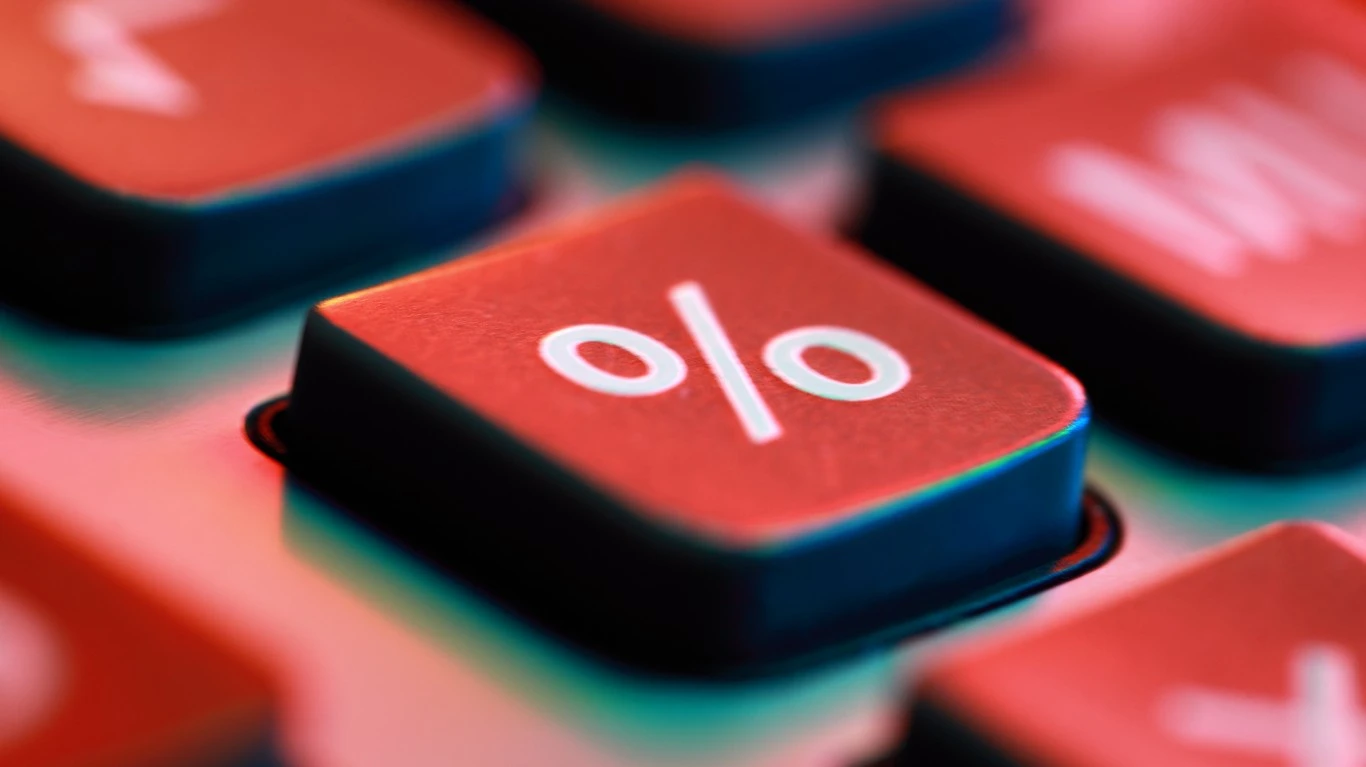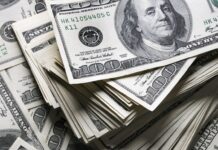
The Fed-watching financial media has been covering recent rate hikes closely, but one factor is getting scant attention – the impact on savings accounts. While the pundits analyze the macro-level economy and the downward pressure higher interest rates exert on inflation, millions of savers are quietly looking out for a small uptick in their bank balance.
Whenever interest rates go up, borrowing money becomes more expensive. While this is bad news for those who owe money (through a mortgage, business loan, credit cards, student debt, etc.), it should, by the same logic, translate into higher returns for savers who have their money saved in banks. They are, after all, lending the bank their money.
Yet most banks’ interest rates haven’t budged. The roughly dozen banks that have tweaked yields have kept them well below the 1% mark, while the national average remains under 0.1%. What explains the disconnect?
Delayed Reaction?
“There’s nothing written into regulation on this,” Scot Johnson said of the relationship between the Fed’s rate hike and yields offered by banks.
The Chief Investment Officer at Adell, Harriman & Carpenter told Wealth of Geeks that market forces usually correct the imbalance.
“Banks will eventually raise the rates they pay account holders so those accounts don’t move elsewhere,” Johnson said.
There is less need for banks to change their offering now than in the past.
“For decades up until 2008, the banking system did not maintain a high level of excess reserves,” Russ Kefauver, founder of Kefauver Financial Planning, told Wealth of Geeks.
“This means that prior to 2008 when the Fed would raise rates, it would have a much faster and direct impact on the rates that are paid to depositors. Since 2008, the banking system has shifted to a system of maintaining massive excess reserves because of regulation which means they are being paid not to lend out the reserves,” Kefauver said.
“In plain English, most banks don’t need the deposits, therefore (they) don’t need to compete for them.”
However, newer banks are an exception to the rule.
“Online banks that do not have the costs to maintain a brick-and-mortar presence tend to pay higher rates. Their rates seem to go up faster because they are still competing for market share,” Kefauver added.
Credit Unions or Money Market Accounts
Credit unions and money markets accounts are viable alternatives to savers looking for a higher rate.
Money market accounts usually offer services similar to savings and checking accounts. Although they can be less flexible, they tend to pay higher interest rates.
“Credit unions are another option in addition to banks. Money market accounts tend to pay higher interest rates than checking or savings accounts, but the tradeoff might be a limit on the number of transactions per month,” Johnson said.
“Savers might also look toward a money market fund offered via a brokerage account. We’ve already seen a pretty sizeable increase in the yields on the money market funds we utilize for clients. Yields are still quite low by historical standards, but earning around $40 per year on a $10,000 account sounds a lot better than the $1 that account would have earned in 2021.”
CDs and Bonds
For those keen to lock in higher fixed interest rates, investment advisors suggest now is an excellent time to consider Certificate of Deposits (CDs) too.
With CDs, banks and credit unions give premium interest rates to those who commit to not withdrawing on a lump sum over a set period.
“If you buy a two-year CD, some yields are 2.85%. Why would a bank pay 2.85% for two years but not on a regular savings account? Because you can’t access your money without penalty for two years,” said Robert Lloyd, President and Chief Investment Officer at Lloyds Intrepid Wealth Management.
“With a savings account, you could take your money at any time, which is an incredible inconvenience to the bank. So if you want yield, you have to park that money for a period of time,” Lloyd said.
There are little hacks that can nudge your rate even higher.
“By the way, the banks will pay higher CD rates if you use a broker like Schwab or Fidelity than if you go into the bank branch. Why is that? Because in the broker market, banks must compete to get your deposit! Even lowisk bank savers should have discount brokerage accounts for this very reason,” Lloyd said.
Another option is government bonds.
“US Treasury Department I Bonds currently yield 9.62%. This is a great place to stash some cash, but it is limited to $10,000 per year per person and must be held for a minimum of one year, for instance,” he adds. “This is a great deal for savers, but most people don’t want to go to the trouble of setting up an account,” Lloyd said.
Newcomers can set up an account on the US Treasury Direct website.
“By the way, the banks will pay higher CD rates if you use a broker like Schwab or Fidelity than if you go into the bank branch. Why is that? Because in the broker market, banks must compete to get your deposit! Even lowisk bank savers should have discount brokerage accounts for this very reason,” Lloyd said.
Another option is government bonds.
“US Treasury Department I Bonds currently yield 9.62%. This is a great place to stash some cash, but it is limited to $10,000 per year per person and must be held for a minimum of one year, for instance,” he adds. “This is a great deal for savers, but most people don’t want to go to the trouble of setting up an account,” Lloyd said.
Newcomers can set up an account on the US Treasury Direct website.
Previously published at Wealth of Geeks.
Sponsored: Find a Qualified Financial Advisor
Finding a qualified financial advisor doesn’t have to be hard. SmartAsset’s free tool matches you with up to 3 fiduciary financial advisors in your area in 5 minutes. Each advisor has been vetted by SmartAsset and is held to a fiduciary standard to act in your best interests. If you’re ready to be matched with local advisors that can help you achieve your financial goals, get started now.






